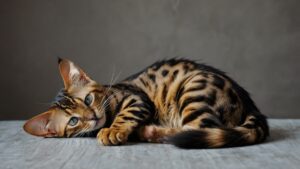So you’re thinking about getting a cat, but don’t know where to start when it comes to choosing a breed? With over 70 recognized cat breeds ranging from the mighty Maine Coon to the hairless Sphynx and everything in between, it can be overwhelming trying to determine what cat is the best fit for your lifestyle and personality.
What Cat Breed is Best for Me? This comprehensive guide covers everything you need to know about popular cat breeds, factors to consider when making your choice, breed traits comparisons, and bringing home your newest family member. Read on to determine what cat breed best matches your ideal feline friend!
Table of Contents
Why Get a Cat and Benefits of Owning One
Before diving into breed specifics, let’s overview some of the many benefits of cat ownership:
- Companionship – Many cats form strong bonds with their owners and show affection, comfort, and support.
- Lower stress and blood pressure – Petting cats can lead to reduced anxiety/stress levels.
- Rodent control – Cats hunting mice/pests around properties.
- Entertainment – Playful kittens or lazily napping cats provide joy.
- Lower risk of heart disease – Cat ownership linked to lower heart disease rates.
- Sense of purpose – Caring daily for a pet can provide meaning/routine.
According to the American Pet Products Association 2021-2022 National Pet Owners Survey, 69 million U.S. households own at least one cat. So why are so many Americans letting felines into their homes? The health benefits and rewarding companionship are just a few reasons owning a cat can enrich your life.
What Cat Breed is Best for Me? Key Considerations Before Getting a Cat
While cats can make excellent pets, there are some key considerations regarding care requirements, costs, time commitments, and your home’s suitability. Evaluate the following factors as you determine if cat ownership is the right choice:
Costs
- Food – Expect to budget $15-30 per month for cat food and treats.
- Litter & Supplies – Plan to spend $20-30 monthly for a litter box, litter, cat bed, toys, etc.
- Vet Visits – Annual basic vet care like vaccines and checkups average $219 per year per feline.
Time Commitment
- Daily – Feeding, cleaning litter box, brushing, playing (~1 hour/day).
- Higher for kittens – More time training and socializing kittens initially.
- Grooming – Long-haired cats require 15-20 min brushing 2x/week.
Living Situation
- Home size – Ensure adequate room for cat to roam/climb (>200 sq ft). Consider cat trees.
- Other pets – Gradual introduction to properly integrate new cat.
- Kids – Supervise small children to avoid overly pestering cat.
By realistically considering these factors, you can determine if getting a cat fits with your budget, schedule, family, and living space. If your lifestyle can accommodate caring for a cat, deciding on a breed comes next!
How to Select the Best Cat Breed for Your Home and Lifestyle
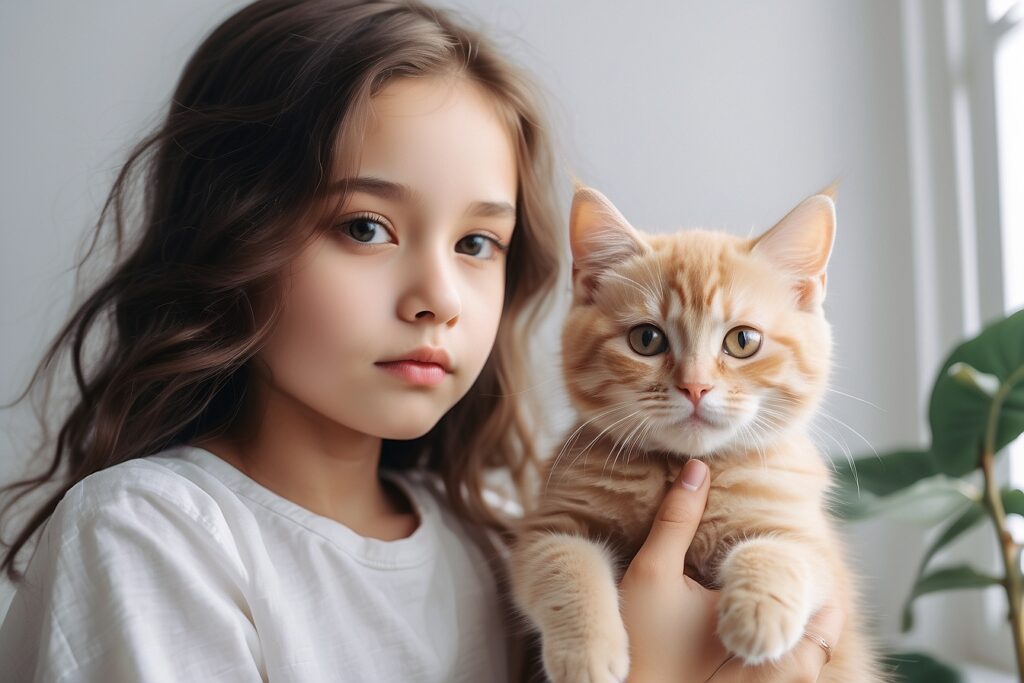
The key to determining the ideal breed for you involves reflecting on your household, preferred activity levels, desired personality traits, and your commitment to grooming and health considerations. Ask yourself the following key questions:
Lifestyle Factors
- What is your activity level? High? Low? In-between? Match to suitable energy levels in a breed.
- How often do you travel or who can care for cat if away overnight? Impacts breed choices.
- How much living space can you dedicate to cat? Small apartment vs multi-level house.
Personality Preferences
- What temperament do you want? Lap cat? Playful constant companion? Affectionate but lower maintenance?
- Preferred vocalization level? Some breeds are quite talkative!
- Shedding preferences? Non- to light shedding best for neat freaks!
Grooming Commitments
- How much time can you commit to brushing/bathing cat? Long-haired breeds need more intensive grooming.
- Are you prepared to handle greater health issues in flat-faced/fold-eared breeds?
Using your responses as a “breed selector,” you can narrow down options to better determine what cat is the best fit. Review popular breeds and their comparisons below to further guide your decision making.
Cat Breed Grooming Effort Scale Minimal
Most Popular Cat Breeds and Key Attributes
Here we overview attributes of some of the most popular domestic cat breeds kept as pets according to the Cat Fanciers’ Association:
1. Siamese
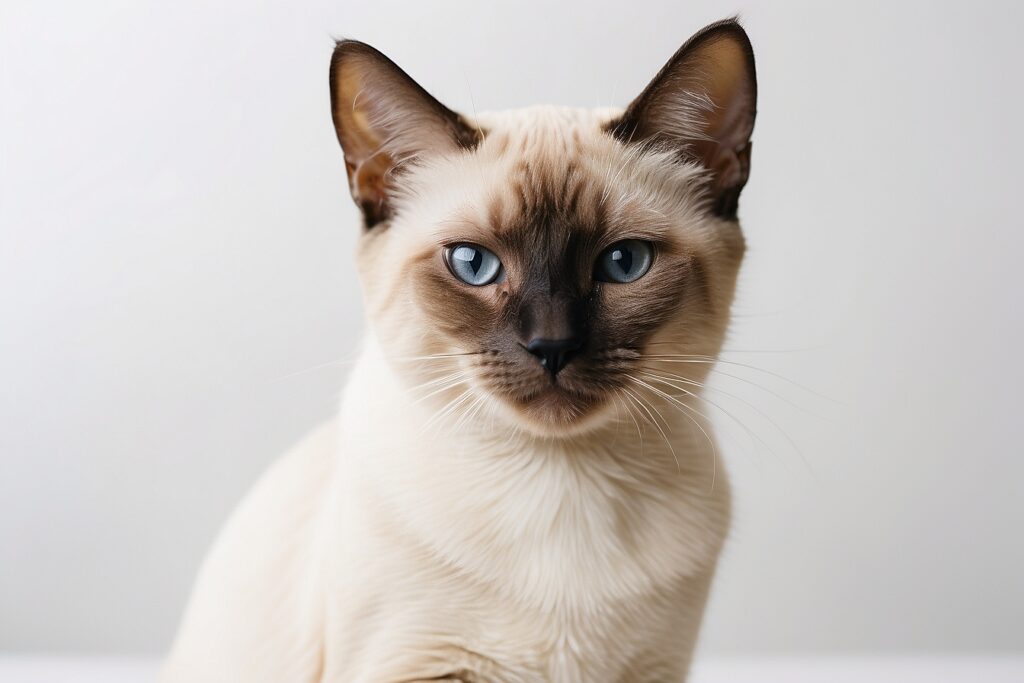

Originating from Thailand, the Siamese breed is one of the first Asian cat breeds established in the West. Recognizable for their cream colored fur and darker facial points, expressive blue eyes, and extremely talkative nature, they make distinct companions.
Personality
- Vocal – Siamese cats “talk” in loud, raspy meows and yowls to communicate their needs.
- Active – Playful, acrobatic, and highly energetic. Require lots of interaction and stimulation.
- People-centric – Demand attention from their preferred humans. Social and intensely bond with owners. Become destructive if neglected.
- Intelligent problem-solvers – Understand routines, open doors, and solve puzzles. Need mental stimulation.
Care Level
While grooming needs are moderate, their curious and active dispositions demand greater time and interaction. Best for homes that can engage their energetic personalities.
Health Considerations
Prone to respiratory issues, eye conditions, heart defects, and diabetes. Responsible breeders screen for genetic issues.
2. Persian

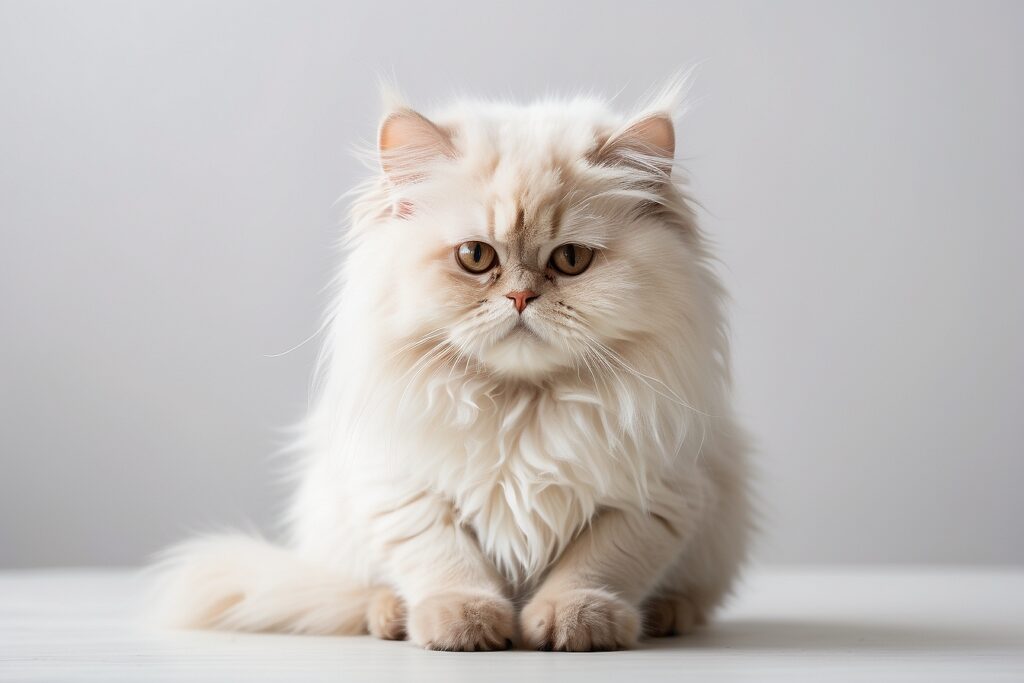
The Persian, with its long, flowing coat and sweet expression, has captivated owners for centuries since originating from the Middle East’s Persian Empire. While treasured for their beauty, prospective owners should carefully weigh their grooming requirements.
Personality
- Typically gentle, docile
- Enjoy affection but also periods of solitude
- Adapt well to calmer households with less noise/activity
- Generally not extremely vocal
Care Level
Daily grooming (brushing, eye cleaning) is a must to prevent mats and infection risk. Activity levels on the lower end. Best for less active owners.
Health Concerns
Brachycephalic features lead to breathing issues. Also prone to eye conditions, dental disease, and kidney dysfunction. Responsible breeders screen for genetic problems like polycystic kidney disease.
3. Maine Coon
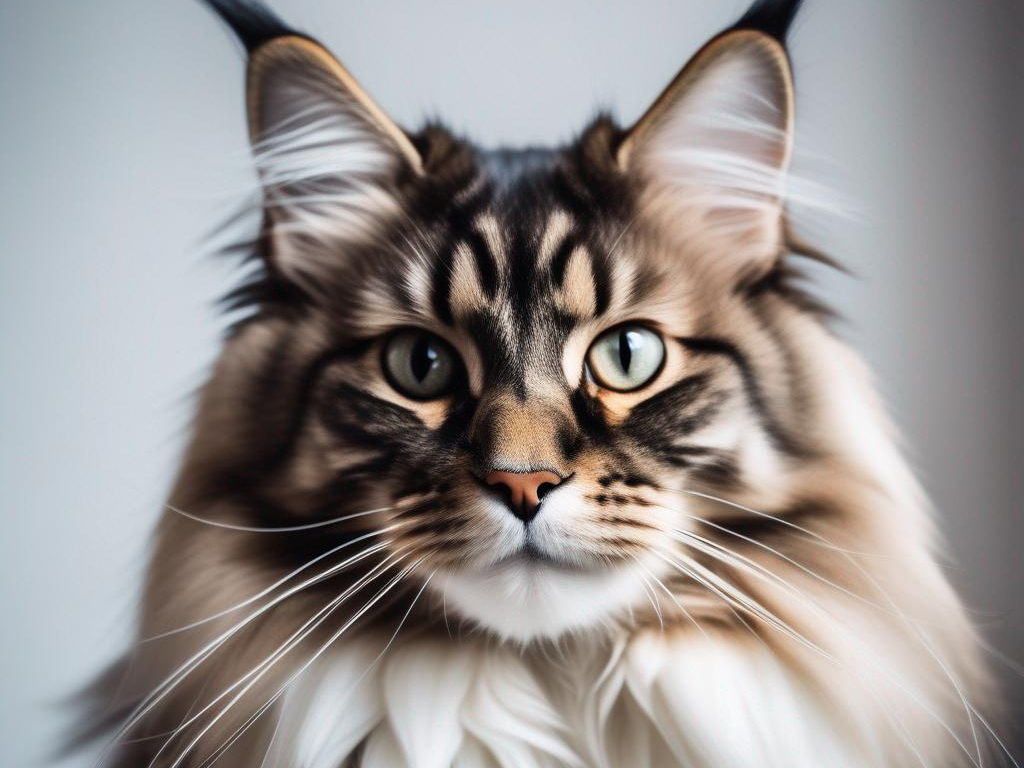
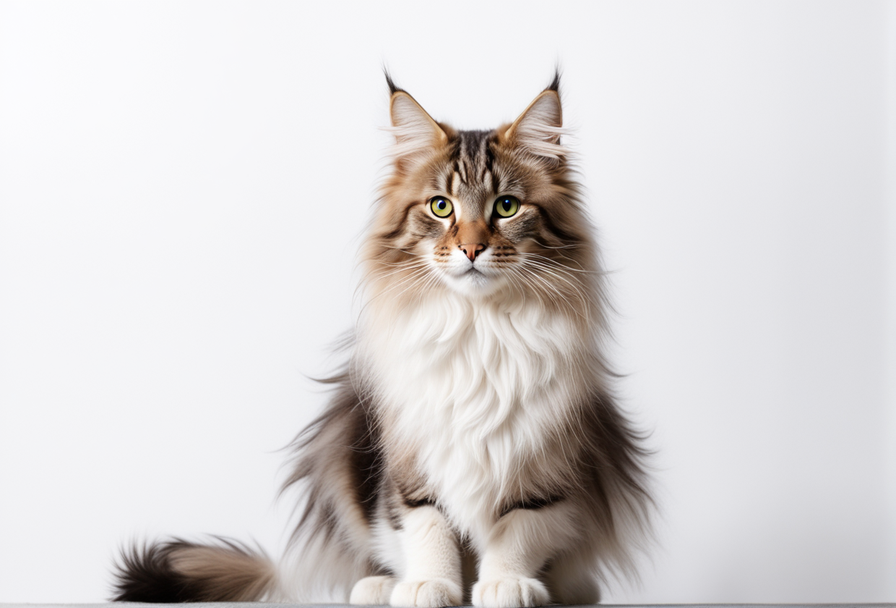
Hailing from New England, the brown tabby Maine Coon is among the oldest natural breeds in North America. Their dog-like personalities, hardy resiliency to cold winters, and large size stand out from other feline breeds.
Personality
- Intelligent and loyal
- Affectionate gentle giants happy to play fetch and “talk” with chirping vocals
- More social than typical solitary felines – bond closely with owners
- Thrive with company, activity, and freedom to roam
Care Level
Double coats require weekly brushing but otherwise quite low maintenance cats matching moderate activity households well.
Health Considerations
Prone to hypertrophic cardiomyopathy (thickened heart muscle). Reputable breeders screen for HCM genes.
Other Breed Considerations for First-Time Cat Owners
Beyond the three most popular pedigrees above, prospective new cat owners may also wish to consider:
Ragdoll – Affectionate, gentle, thrive in active households. Higher shedding and seasonal allergy risk.
Scottish Fold – Loving, adaptable couch potatoes well-suited even for apartments, but higher ear/joint health issues.
Sphynx – Loyal, silly hairless cats needing skin care and warmer temps. May not suit contact/cold allergies. Russian Blue – Intelligent, quiet svelte short-hairs fitting mellow owners. Minimal health issues.
See the ASPCA’s detailed cat breed profiles for more thorough information on cat types to further guide your selection process.
Deciding Between a Kitten or Adult Cat
Prospective adopters also need to determine what age of cat best suits their needs and experience level:
Kittens (under 1 year) have many pros but require more hands-on time:
- Playful with tons of energy
- Easier training of behaviors before bad habits form
- Bond intensely with owners
- Adorable! But also:
- Require more hands-on supervision
- Much more destructive to household items
- Need continued training and socialization
Adult cats (1-10 years) are mellower companions:
- Calmer dispositions and energy levels
- Content napping on laps or perches
- Established personalities and habits
Yet might have: - Trauma or trust issues requiring patience
- Greater health issues beginning to emerge
- Trouble adjusting to new environments
While kittens seem like the obvious “cute” choice, their activity levels mean adult cats often better suit working owners needing a more independent, settled feline friend. Consider activity levels and time available to determine what age cat integrates best into your particular household.
Preparing Your Home for Your New Cat
Welcoming home cats, especially curious kittens, necessitates proper preparations to feline-proof your environment and avoid costly damages. Essential purchases include:
Essentials Supplies Shopping List
- Food bowls, water fountain
- Litter box + scoop
- Nail clippers
- Collar + ID tag
- Cardboard scratcher toys
- Interactive fishing pole toys
- Comfy bed in quiet spot
Equally important is ensuring your home’s safety itself by:
- Securing cleaning chemicals/toxics out of reach
- Keeping toilet lids down
- Stashing breakables and blocking delicate areas
- Wrapping cords under furniture or with protective casing
- Providing approved scratching areas/posts
Take time before adoption day to get supplies, adjust your space to avoid future headaches, and cat-proof potential dangers. The last things you want are an electrical hazard or a sick cat from chewing a toxic houseplant!
Introducing Your New Cat to Your Home and Other Pets
While overwhelming with initial excitement, refrain from thrusting your new cat into strange territory too rapidly upon first arriving home. Follow these tips for gradual acclimation:
- Initially confine new cat to small room (bathroom, bedroom) with food, water, litter box for few days
- Swap scents with resident pets (blankets, toys) so animals familiarize
- Reward peaceful interactions at door threshold after several days
- Allow increasing supervised time together until accepting
- Ensure separate litter and resources to avoid disputes leading to spray-marking
Rushing introductions risks anxiety, territorial disputes, or pets hiding in fear. While patience trying, gradual transitions lay the groundwork for long-term harmonious bonds between your new and existing animal housemates.
Where to Adopt a Cat
Ready for the joys and rewards of cat companionship? While breeders supply popular purebred kittens, also strongly consider providing a forever home to the over 2.7 million adoptable cats and kittens euthanized in shelters annually nationwide according to the ASPCA.
Top adoption resources include:
- Local animal shelters and rescue groups – Search sites like Petfinder
- Foster-based cat rescues needing temporary homes
- Word-of-mouth – Social media/neighborhood posts about cat needing rehoming
- Specialty breed-specific private cat rescues, if seeking a particular pedigree
Just ensure any source properly screens cats for health/behavior issues and can advise on a potential adoptee’s background, needs, and personality to find your ideal lifelong furry matchup.
Key Takeaways to Selecting the Best Cat Breed For You
Deciding what cat suits your home and lifestyle ultimately comes down to honest self-evaluation of what energy levels, care commitment, personality traits, and adaptable natures meld best. Keep these top tips in mind:
- Seek breeds matching your activity preferences – Lazy lap cat up to energetic workout partners all exist!
- Ensure adequate space and facilities; homes can be adapted but no changing inherent breed natures.
- Long-haired beauties like Persians require daily grooming commitment
- Inquire about potential health issues in at-risk breeds and buy health-guaranteed from responsible breeders only
- Proper pet-proofing/introductions prevent troubles integrating new cats
- Consider adult and shelter cats instead of only high-demand kittens
While first weighing exciting aesthetic traits like cute folded ears or alluring silky fur, choosing companion cats living 15+ years necessitates honestly evaluating your lifestyle match. By taking your time, doing diligent research, preparing properly, and selecting cat personalities and care needs complementing your situation, you’ll be rewarded with years of enriching feline friendship.
Conclusion: Finding the Purr-fect Cat for Happy, Healthy Lives Together
Welcoming a cat into your home typically brings over a decade of rewarding companionship. Ensure selecting suited breeds, adequately prepping your dwelling, and properly introducing new cats results in smooth transitions into happy forever homes. Do your homework properly evaluating breeds’ pros/cons and realistic care commitments against your household’s lifestyle.
Patience truly pays off when finding the purr-fect roommate for your family. While detecting troubles early lessens tensions, even mismatches can ultimately adjust into the loving bonds cat owners treasure. So trust your new fur baby will capture your heart with time, and soon both of your lives will be all the brighter for years cuddling on the couch together.




